Education, behavior change more successful than medication
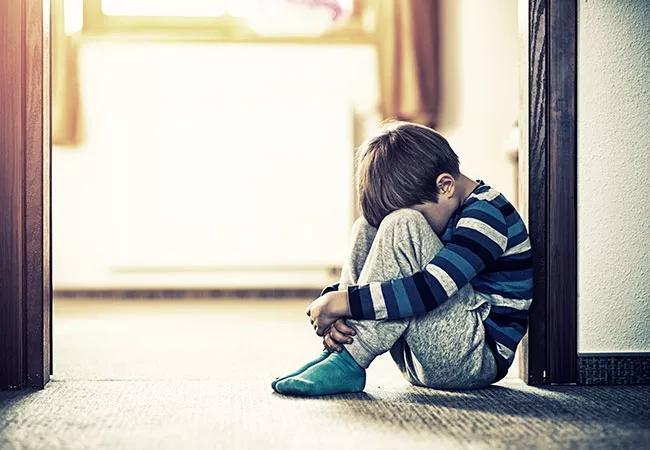
Approximately 5 to 10 percent of children below the age of 10 suffer from nocturnal enuresis. Most tend to outgrow the problem, but between 2 and 5 percent of children continue to wet the bed into their teen years.
Advertisement
Cleveland Clinic is a non-profit academic medical center. Advertising on our site helps support our mission. We do not endorse non-Cleveland Clinic products or services. Policy
“Bedwetting isn’t a life or death problem, but it is a social and developmental problem that can have a significant effect on a child’s self-confidence and body image,” reports Cleveland Clinic urologist Audrey Rhee, MD, who heads up the newly established Glickman Urological Pediatric Incontinence (GUPI — pronounced like the fish) clinic at Cleveland Clinic’s Glickman Urological & Kidney Institute. The clinic’s specialized nurse practitioners focus specifically on bedwetting and pediatric daytime incontinence issues.
Education is the cornerstone of all bedwetting interventions, says Rebecca Cesa, CNP. “A lot of parents come in to see us and expect that their young child won’t wet the bed after being potty-trained. But daytime potty-training does not go hand-in-hand with night-time continence, and, in fact, bedwetting up until the age of 7 is normal.”
The differential diagnosis of a child over the age of 7 who is wetting the bed consists of ruling out medical conditions such as urinary tract infection, diabetes, constipation and sleep apnea. “History-taking should evaluate how often the child is wetting the bed, night-time drinking habits and whether the problem runs in the family, since we know there is a genetic component to nocturnal enuresis,” says Kimberly Slocombe, CNP. Children who are deep sleepers or who are sleep deprived are also more prone to bedwetting because their bladders do not receive brain signals to inhibit the bladder-emptying reflex.
Although three drugs — desmopressin, oxybutynin and imipramine — are commonly prescribed to reduce bedwetting, many parents are hesitant to have their children use them. “Medications can be used as needed, for instance if a child wants to go on a sleepover or to camp, but they are more Band-Aids® rather than true solutions,” says Dr. Rhee. “Behavioral interventions tend to be much more successful.”
Advertisement
The caveat to that latter statement is that the child must be motivated to participate in treatment. In fact, more than half of the children she sees for bedwetting are resistant to intervention. “In those cases, we tell parents to come back to the clinic when their child is ready to engage,” says Ms. Slocombe.
Behavioral interventions include:
“It’s not helpful to awaken a child at a certain time of night to void,” Ms. Cesa reports, as parents won’t know when a child’s bladder is full. As a result, that strategy will only negatively impact both the parents’ and the child’s sleep. In addition, children should not be blamed or shamed for bedwetting, as it is an involuntary phenomenon. The GUPI team does believe children should be responsible for cleaning up the bed, however, which may serve to motivate them to deal with the problem.
Advertisement
Advertisement
Advertisement
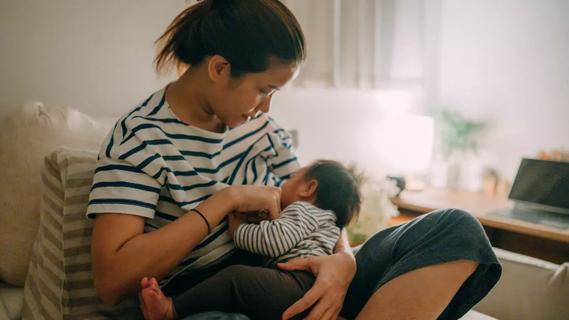
Systemic change needed to improve health outcomes for parents and children, say researchers
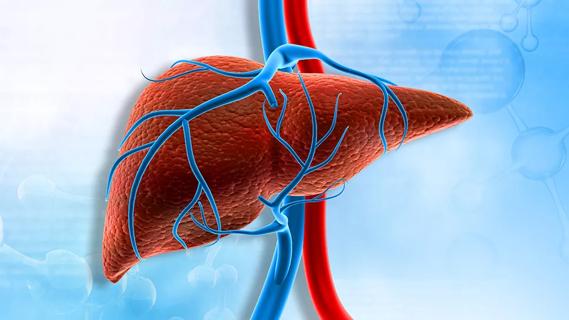
Rare genetic variant protected siblings against seizures and severe hypoglycemia
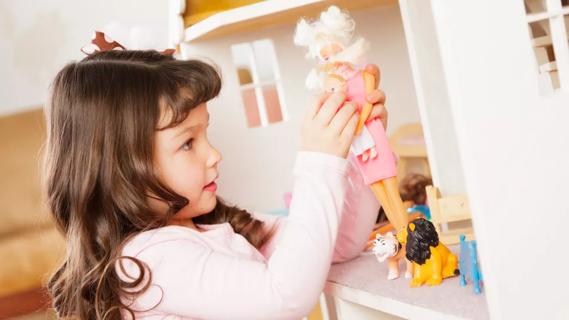
Movie has more positive impact than expected, says Head of Adolescent Medicine
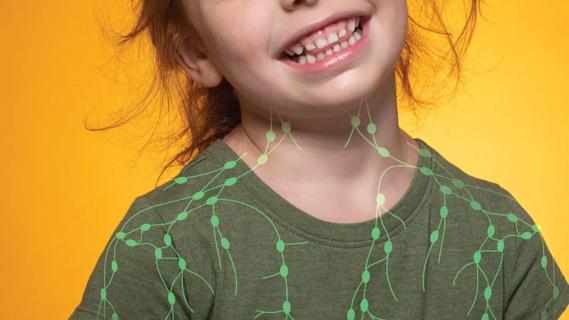
Genetic changes are similar between some vascular anomalies and cancers
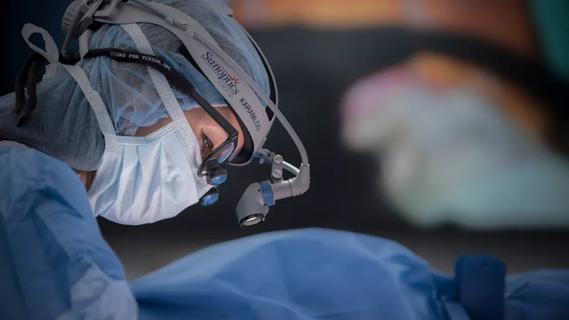
Expert panel advises a two-tier structure for surgical centers
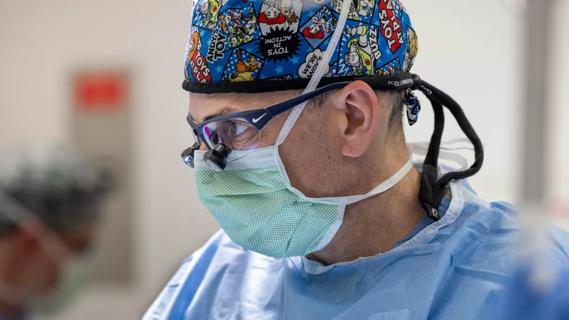
Our new head of pediatric general and thoracic surgery shares his passion and vision
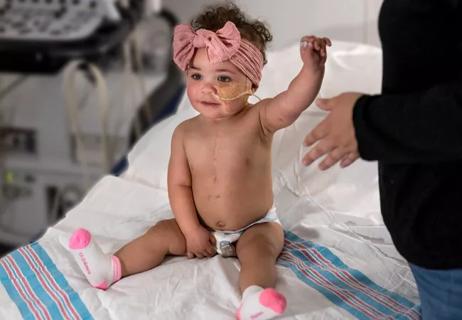
Basic understanding of condition and treatment is lacking